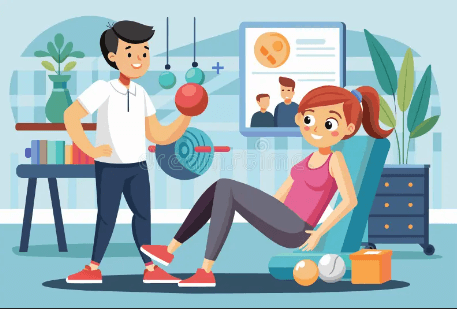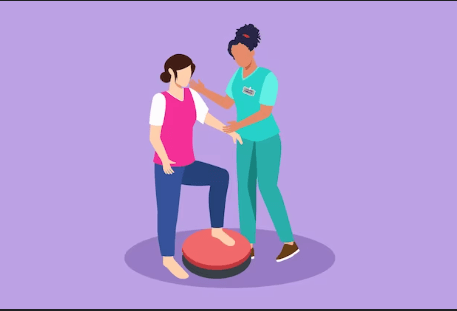Animated:-Imohz8r4qc= Physical Therapist

The integration of animated tools, such as the “Animated:-Imohz8r4qc= Physical Therapist, represents a significant advancement in rehabilitation practices, enhancing patient engagement and comprehension of therapeutic concepts. These interactive approaches not only foster motivation but also allow for real-time feedback, creating a dynamic relationship between patients and therapists. As we explore the implications of such technology, it becomes essential to consider the broader impact on individualized care and the potential to redefine traditional rehabilitation methods. What might the future hold for patient autonomy in this evolving landscape?
Benefits of Animated Therapy Tools
In the realm of Animated:-Imohz8r4qc= Physical Therapist therapy tools have emerged as a transformative resource that enhances patient engagement and understanding.
These tools facilitate virtual engagement, allowing patients to interact with their rehabilitation process actively. By providing interactive feedback, animated resources empower individuals to monitor their progress and grasp complex concepts, fostering a sense of autonomy and motivation essential for successful recovery.

How Animation Enhances Learning
Animated therapy tools not only enhance patient engagement but also serve as effective pedagogical instruments that improve learning outcomes.
By offering visual engagement, these tools facilitate a deeper understanding of therapeutic concepts, promoting cognitive retention. Patients can absorb complex information more readily, empowering them to take control of their rehabilitation journey.
Ultimately, animation fosters a dynamic learning environment that supports freedom and independence in recovery.
Read Also: Clipart:5ftz0amu-Rq= Outline:-Ytl2dttkty= Flowers
Case Studies and Success Stories
Numerous case studies have demonstrated the transformative impact of animated therapy tools in physical rehabilitation.
By enhancing patient engagement, these innovative techniques significantly improve therapy outcomes.
For instance, patients utilizing animated exercises reported higher motivation levels and faster recovery times.
The effectiveness of animation in conveying complex rehabilitation techniques fosters a more engaging environment, empowering individuals to reclaim their freedom and achieve their rehabilitation goals.
Future of Animation in Therapy
The integration of Animated:-Imohz8r4qc= Physical Therapist has already demonstrated significant benefits in rehabilitation settings, paving the way for future advancements in the field.
As virtual reality technology evolves, we anticipate enhanced therapeutic engagement, allowing patients to immerse themselves in tailored experiences.
This innovative approach not only fosters motivation and compliance but also empowers individuals on their journey toward recovery, ensuring a more liberating therapeutic experience.
Read Also: Cool Food: Erasing Your Carbon Footprint One Bite at a Time Reviews
Conclusion
The integration of animated therapy tools, exemplified by the groundbreaking “Animated:-Imohz8r4qc= Physical Therapist” heralds a new era in rehabilitation, transforming the mundane into the extraordinary. By captivating patients through dynamic visual narratives, these tools not only simplify complex therapeutic concepts but also ignite an unparalleled sense of motivation and autonomy. As the horizon of technology expands, the potential for immersive animated experiences promises to revolutionize individualized therapy, making recovery not merely achievable but an exhilarating journey toward optimal wellness.




